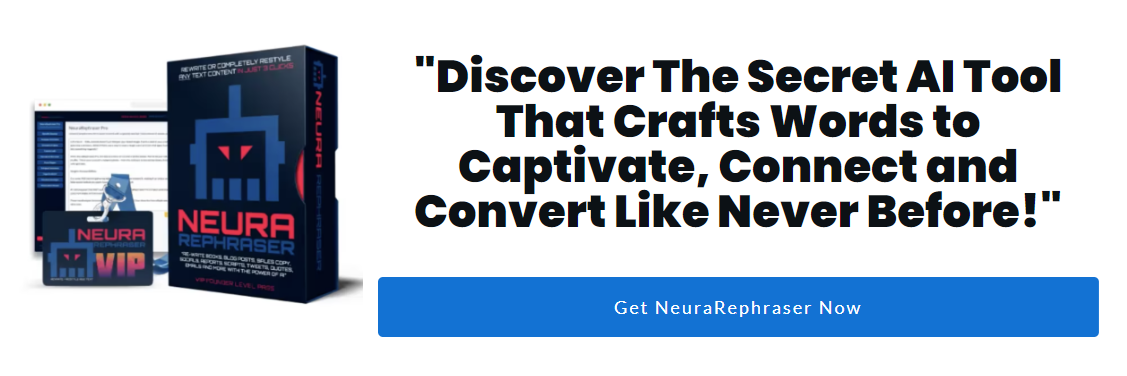One of the most challenging aspects of product development is coming up with innovative concepts that address market needs and resonate with the target audience. ChatGPT can be a valuable tool in generating ideas and refining concepts. Here’s how:
Generate product ideas: Utilize ChatGPT to brainstorm various product ideas by providing relevant prompts.
For example, if you want to develop a new product in the fitness industry, you might ask ChatGPT: “What are some innovative fitness product ideas that cater to busy professionals?”
Expand on initial ideas: Once you have a list of potential product ideas, use ChatGPT to delve deeper and explore each concept in more detail.
For instance, you could ask: “Can you provide more information on a portable home gym designed for busy professionals?”
Solicit design suggestions: Leverage ChatGPT to generate design ideas and recommendations for your product.
You might prompt: “What are some design features that would make a portable home gym more convenient and user-friendly for busy professionals?”
Explore potential use cases: Use ChatGPT to identify different scenarios or use cases where your product could provide value to customers.
A possible prompt might be: “What are some potential use cases for a portable home gym targeting busy professionals?”
By tapping into ChatGPT’s creative prowess, you can quickly generate and refine product concepts that cater to your target market’s needs.
Ideation: Unleashing ChatGPT’s Potential for Problem Solving
Once you have a solid product concept, the next step is ideation – brainstorming and iterating on potential solutions to the challenges your product aims to address.
Here’s how ChatGPT can assist in this process:
Identify challenges: Start by asking ChatGPT to identify potential challenges or pain points associated with your product concept.
For example: “What are some challenges that users of a portable home gym might face?”
Brainstorm solutions: Use ChatGPT to generate creative solutions to the identified challenges.
A possible prompt could be: “What are some innovative solutions to address the challenges faced by users of a portable home gym?”
Evaluate and iterate: Assess the proposed solutions and iterate on them as needed. You can ask ChatGPT to provide more details, alternative solutions, or feedback on your own ideas.
For instance: “Can you provide more information on how to make the portable home gym more compact and lightweight?”
By engaging ChatGPT in a dynamic ideation process, you can harness its problem-solving abilities to develop innovative solutions that set your product apart from the competition.
Prototyping: ChatGPT as a Virtual Design Assistant
As you move from ideation to prototyping, ChatGPT can act as your virtual design assistant, helping you create a detailed product blueprint.
Here’s how:
Outline product specifications: Use ChatGPT to help you list the essential features, dimensions, materials, and other specifications of your product.
For example: “What are the ideal dimensions and materials for a portable home gym designed for busy professionals?”
Develop user scenarios: Leverage ChatGPT to create user scenarios that depict how your product will be used in various situations. This will help you identify any design improvements or potential issues.
You might ask: “Can you describe a typical user scenario for someone using a portable home gym at home?”
Iterate on design: Utilize ChatGPT’s feedback to refine your product design and address any shortcomings.
For instance: “How can we improve the stability and ease of use of the portable home gym based on the user scenario provided?”
Visualize your product: ChatGPT can also help you create written descriptions of your product’s visual design. This can be particularly helpful if you’re working with a design team or preparing a product pitch.
A possible prompt could be: “Can you describe the visual design and aesthetic of a portable home gym that appeals to busy professionals?”
Streamlining the Development Process with AI-powered Collaboration
Incorporating ChatGPT into your development process can lead to greater efficiency and smoother collaboration among team members.
Here are some ways to achieve this:
Consolidate ideas and feedback: Use ChatGPT to compile and organize ideas and feedback from your team members.
You might ask: “Can you summarize the key points of the design discussion for the portable home gym?”
Facilitate communication: ChatGPT can help facilitate communication between team members by translating technical jargon into more understandable language or by clarifying complex concepts.
For example: “Can you explain the benefits of using carbon fiber in the portable home gym’s construction in layman’s terms?”
Create project documentation: ChatGPT can assist in creating and updating project documentation, such as design briefs, user manuals, or product specifications.
You could prompt: “Can you draft a design brief for the portable home gym project that highlights the target audience, objectives, and design requirements?”
Generate development milestones and timelines: Leverage ChatGPT to create a timeline of development milestones to help your team stay on track.
You might ask: “What are the key development milestones for the portable home gym project, and what is a realistic timeline for each?”
By integrating ChatGPT into your development process, you can significantly enhance collaboration, streamline workflow, and ultimately, bring your product to market more efficiently. And the bottom line here is that ChatGPT is a powerful tool for product development, from conceptualization to prototyping. By leveraging its creative and problem-solving capabilities, you can generate innovative product ideas, refine concepts, and streamline your development process.
With ChatGPT by your side, you’ll be well-equipped to create unique, high-quality products that cater to your target audience’s needs and set you apart from the competition.

